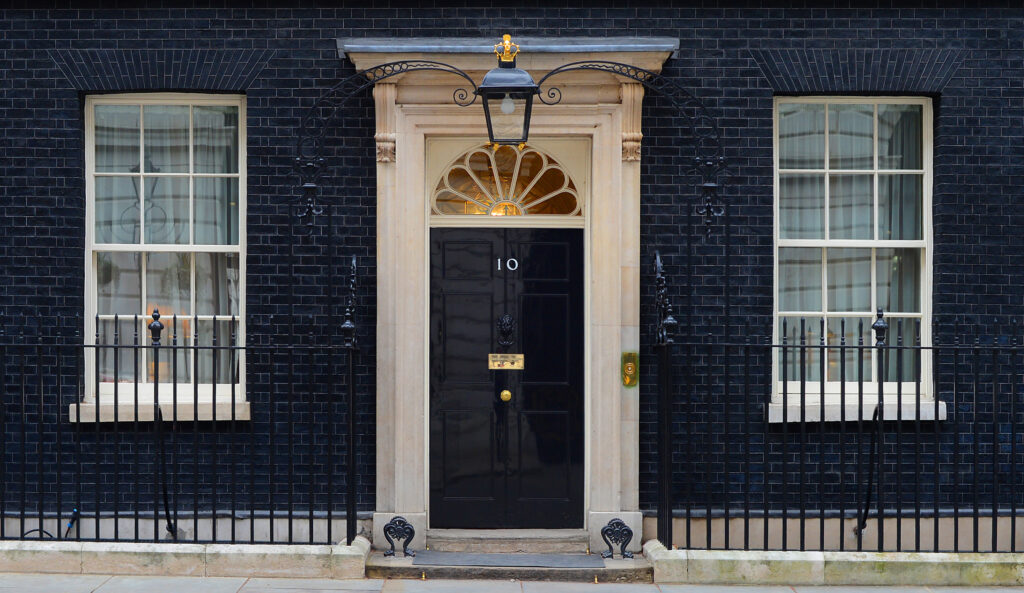
A detailed report in the Financial Times this morning lays out the options being considered by new Prime Minister Rishi Sunak and his likely Chancellor, Jeremy Hunt, ahead of the fiscal statement on October 31.
Aside from a hint that Sunak may want to move the date – unlikely, given the close match between PM, Chancellor, and Treasury on the core issue of austerity – there are some further details on the likely headline messages. Intriguingly, this includes:
His plan is likely to appeal to Sunak because much of the fiscal pain will not be felt until after the next general election: it will set out a fiscal consolidation that will aim to have debt falling as a share of gross domestic product in the fifth year.
Parking cuts until after the next general election is what Labour’s then-Chancellor Alastair Darling attempted in 2009 and his final Budget of 2010, after Gordon Brown had been brow-beaten by the Treasury into accepting strict austerity measures. (These were then worsened by Chancellor George Osborne, after the Coalition government was formed in May 2010.)
But the detail on the debt target is interesting. I’d earlier suggested – because it’s an obvious wheeze – that shifting the government’s “fiscal mandate” from having debt falling relative to GDP after three years, to debt falling relative to GDP after five or seven would significantly reduce the so-called “black hole”. (The “black hole” is entirely the product of the forecasts, and the government’s own fiscal rules: change the forecast, or the rules, or both, and the so-called “black hole” shrinks or even disappears.) It’s difficult, without the official Office for Budget Responsibility forecasts, to know precisely how much more room: but even with higher interest payments on debt, past experience suggests it could be substantial.
It looks like this is what the Treasury is going to go for. The outcome would be to reduce the immediate pressure on the government to cut, and so allow it to palm off any spending cuts until after the election. Combined with “delaying” capital spending, freezing the tax thresholds so that they don’t move with increasing pay, and perhaps even extending a windfall tax – and suddenly the “eye-watering” cuts Hunt threatened last week look less difficult. Cue media plaudits for Sunak’s sound economic management, and a fighting chance for the Tories at the next election.
Trapped
But this also creates a thorny issue for Labour as it draws up its next manifesto. There are already voices from the party’s right urging at least temporary support for austerity, seemingly in the belief that this will make the party look “responsible” in the eyes of some ill-defined group of swing voters, or perhaps just to the Tory press.
The model here is Gordon Brown, who (in)famously stuck to Tory spending plans for the first two years of the Labour government after 1997 – increasing spending fairly sharply thereafter. The belief on the party right is that a period of some pain could be tolerated if it then allowed a Labour government the space to increase spending afterwards.
But this isn’t 1997. Back then, with the economy growing, wages rising, unemployment falling, a comparative squeeze on public spending – miserable though it was – could be masked by rising prosperity more generally. That doesn’t apply this time round. No credible forecast would suggest anything other than a worsening of economic conditions – here and across the world – over the next two years. And of course things could get radically worse: gas supplies in Europe could be seriously curtailed by Russia, a Chinese recession would drag the world economy backwards, the global financial system is creaking and of course the cost of living crisis is unlikely to get significantly better.
It is not even remotely plausible for Labour to think about its next period in office as if the 1990s had never ended. Instead, the party needs an immediate plan for the recovery: delivering serious increases in real living standards – meaning money in people’s pockets – as rapidly as possible: minimum wage increases (I favour £15/hour, in line with party policy); benefits uprated; public sector pay improved. After that, think about what the big investment plans look like. And to make sure the whole thing hangs together, go for serious tax increases on the rich, and hammer out a fiscal framework that gives enough space for a government to borrow, whilst keeping the costs of doing so as low as possible. (A rolling deficit target, over five years, would be preferable to any debt to GDP target.)
It’s not easy. The Tories are likely to recover under Sunak from their current debacle – they would be unlikely to do much worse than present. The British economy is weak, amongst the weakest in the developed world, and the signs from the global economy are worsening. Expectations of change from a new government will be high. Labour’s room for manoeuvre, unlike the 1990s, will be tiny.








